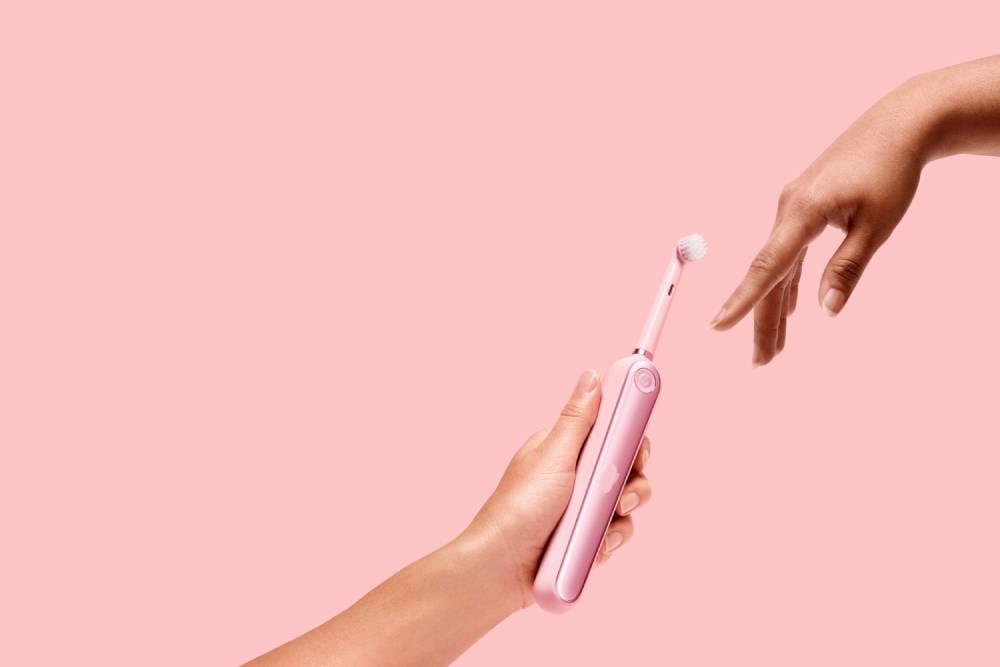
6 reasons to use an electric toothbrush
There is a lot of talk about why you should use an electric toothbrush instead of a regular one. Do they really matter that much to your dental health? We've done the research to find out how and why you should add scrubbing speed and power to your regular oral hygiene routine.
- They save work
At the end of the day, the debate over the benefits of manual vs. electric brushing will always come down to personal preference, but in our opinion, electric toothbrushes are far more effective precisely because they take a lot of the work out of it. Many modern models have variable functions, so you can now control the speed and intensity according to your needs, thanks to built-in sensors and timers, so you never overdo it.
- They remove significantly more plaque
Besides the price point, one of the main differences between manual and electric brushes is the use of sound technology than electric ones - the oscillation of the heads (which simply means a regular rhythm of movement). They have the ability and have been proven to remove far more plaque than manual brushes, so there's no doubt about it - you'll definitely notice and feel the difference after switching, and so will your dentist at your next appointment. It goes without saying that this significant reduction in plaque will also lead to reduced gum inflammation and risk of disease or infection, so it's a win-win.
- Most are gentler on the gums than regular ones
If used correctly, electric toothbrushes are very gentle on the gums. This is because their setting is designed to help maintain constant pressure, meaning you physically cannot overdo or damage your gums by brushing too hard. The key to proper movement with an electric brush is to allow the brush to sit on the tooth for about ten seconds before slowly moving it to the next tooth. You don't need to rub it vigorously or move it frantically, you just need to move it gently along the teeth and gums.
- A whiter smile is almost guaranteed
While you shouldn't expect a truly white, bleached smile, you will notice a brighter smile within weeks of use thanks to faster and more effective plaque removal. Plus, you can now choose brushes with multiple settings specifically designed for what you need to focus more on. So for example, if whitening is a problem you want to solve, many models now come with this option or setting as a focus. This also applies to the different types of heads. The rubber profiles in the middle of some designs help more with stain removal, while others have softer bristles that should be sought after by those with sensitive teeth.
- It's easy to tell if you're brushing too hard
If the bristles on your toothbrush head fray easily, this is a sure sign that the brush is being too aggressive. As a general rule of thumb, try to replace your toothbrush heads every three months, but it shouldn't be necessary before then. Also, try to store your brush upright and away from sinks and toilets - this will prevent airborne bacteria from settling on the head.
- They will last much longer
Electric brushes seem like a big investment, but they will last at least five years, if not more. The only regular commitment they require is changing the top every 3 months as said earlier.
For more interesting articles on topics related to smart devices and consumer electronics, you can subscribe to our newsletter.
